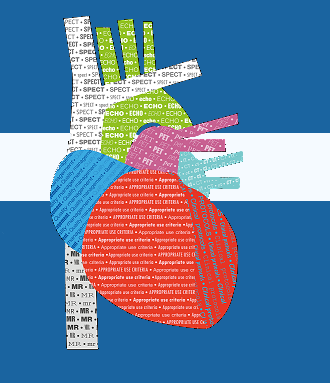Speaker
Dr
ZOHIR BOUGUERRI
(Nuclear Medicine Department Central Hospital of Army .KOUBA-ALGIERS-ALGERIA)
Description
Background: This study aimed to test whether sublingual administration of Nitrate (Risordan) could improve the capability of Tc-99m-MIBI to detect viable myocardium by contribution to the baseline examination (Tc-99m-MIBI single) and to compare it with the thallium-201(Tl-201) rest-redistribution protocol.
Methods:
- The study is a comparison of diagnostic procedures performed over a period of 3 months (first quarter 2016).
- Thirty patients (23 men and 7 women with sex ratio 3.2; mean age 61.63 ± 3.0 years) with previous history of myocardial infarction were included in the study.
- All patients underwent baseline rest, as well as Risordan 99mTc-MIBI myocardial perfusion imaging and rest- redistribution Tl-201 imaging (3 day protocol).
- The data were reconstructed in transaxial slices with iterative algorithm (Astonish) and then reoriented into short, vertical long and horizontal long axis slices.
- Scintigraphic analysis was performed using quantitative perfusion SPECT (QPS), providing the percentage radiotracer uptake and defect severity in a 17-segment model.
- The segments with tracer activity of more than 50% as compared to maximum, or reversibility ≥ 10% were considered as viable.
- The images were interpreted by two independent observers.
- The computer operating software is made on EpiInfo 6.04Dfr and Epidataanalysis V2.2.2.182 (comparison of two samples matched sets).
Results:
- A total of 510 myocardial segments were evaluated by quantitative analysis.
- In the baseline study with 99mTc-MIBI, 357/510 (70%) were viable segments and these were increased to 393/510 (77%) in the Risordan/MIBI study (p=0.001 vs. baseline). A total of 19 (63.33%)
out of 30 patients showed an improvement of viable myocardium.
- The concordance for viable and non-viable segments detection between Risordan/MIBI and rest-redistribution TI-201 imaging was found in 487 out of 510 segments (95.49%). 4% (21/510) of segments that were non-viable on Risordan/MIBI studies were viable on 201 Tl studies, whereas 0.3% (2/510) were non-viable on 201 Tl studies were viable on Risordan/MIBI studies (p <0.001).
Conclusion: Our data suggest that the use of Risordan/MIBI protocol improves detection of viable segments and achieves results very close to those from standard Tl-201 rest- redistribution protocol and therefore might be considered as a potential alternative to the Tl201, which is more expensive, less available and irradiating.
| Country/Organization invited to participate | Nuclear Medicine Department .Central Hospital of Army .ALGIERS-ALGERIA |
|---|
Authors
Prof.
EL MAHDI HAFFAF
(Nuclear Medicine Department Central Hospital of Army .KOUBA-ALGIERS-ALGERIA)
Dr
FATIHA MENAD
(Nuclear Medicine Department Central Hospital of Army .KOUBA-ALGIERS-ALGERIA)
Dr
GHANI CHALAL
(Nuclear Medicine Department Central Hospital of Army .KOUBA-ALGIERS-ALGERIA)
Dr
MOUSSA NACER KHODJA
(Nuclear Medicine Department Central Hospital of Army .KOUBA-ALGIERS-ALGERIA)
Dr
REDA BELAKROUM
(Nuclear Medicine Department Central Hospital of Army .KOUBA-ALGIERS-ALGERIA)
Dr
ZOHIR BOUGUERRI
(Nuclear Medicine Department Central Hospital of Army .KOUBA-ALGIERS-ALGERIA)
Co-author
Dr
IMAD ARAREM
(PREVENTIVE MEDICINE SERVICE AND WORK / CENTRAL HOSPITAL OF THE ARMY)

